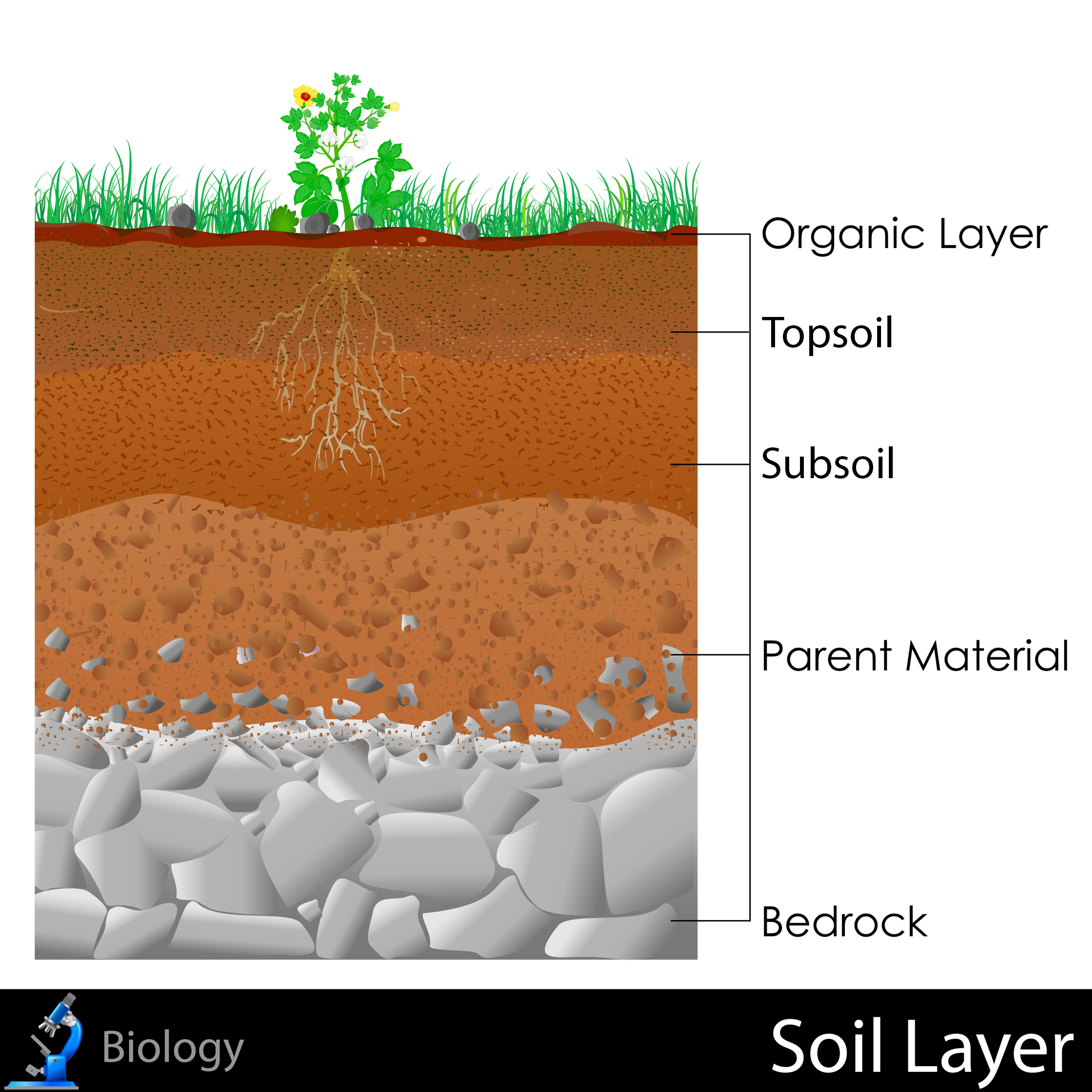

Tip: When planting in your lawn, put the excavated soil into a wheelbarrow, tarp or piece of cardboard. Dig hole about two times width of root ball or container If you will be planting a bunch of trees or shrubs in a large bed you can prepare the entire bed as discussed earlier. After planting, you can spread an inch or two of compost over the top of the entire planting area to amend the soil. The plant becomes, in essence, a large potted plant. Do not amend the planting soil or hole: research shows that doing so encourages the plant roots to stay in the hole rather than branch out. If possible, dig a generous hole for the plant-about two times the width of the root ball or container but just as deep as the ball or container. Try it-it may seem awkward at first, but you’ll soon see the results! Holding iron rake at steep angle to get smooth grade By holding it at such a steep angle you will have more control over it, which in turn allows you to get a more even grade. Hint: When using an iron rake for grading, the rake should be held close to your body and at a steep angle (between 5 and 40 degrees). You may have to re-grade after doing this. If you are installing edging, in-ground sprinklers, drip irrigation, filter fabric, etc. Take your time and try to get a good smooth grade-it will make a big difference in the quality of your installation. If the bed is next to a building, smooth it out with a gentle slope away from the building to channel water away from the foundation. Evenly spread amendments over bed and turn soil one more time Then grade the bed with an iron rake, leveling and smoothing the soil. Evenly spread any fertilizers or amendments over the bed and turn the soil one more time. Fill the trench with the topsoil you removed and repeat the process in the next row. Spread a layer of amendments along the bottom of the trench and turn the soil (do not mix this layer with the already excavated soil). Pile the excavated soil along the edge of the trench. Still, in some cases you may find it very worthwhile.ĭig a trench down to the compacted hardpan (usually about six to twelve inches below the surface). This is harder work, as you must turn the soil to about 20 inches deep. If the soil below the surface is compacted, you may want to try double digging to loosen it up. Try to work at least 8 inches of the soil, breaking up large clumps and removing any roots or rocks.

Your next step is to turn the soil in the bed, using either a tiller, shovel, spade, or spading fork. Sod cutters work by slicing an 18 inch wide strip about 2 inches deep so you can often roll the cut sod up like a carpet to haul away or reuse elsewhere on your property. If you have to strip a large bed, you may want to rent a sod cutter. Note: A spade will be fine for a small bed. If you do, don’t shake the dirt out of the roots (a sod cutter is best for this). If you have another area in need of grass, you may want to consider transplanting the dislocated grass to the new area. Cut out the bed with edger or spade and cut a smooth line along your outline Get down low and angle the spade slightly to strip grass just below the surface Shake the dirt from the grass into the bed, and dispose of the grass. Be sure to remove the grass roots below the surface but try not to remove too much soil. Use a spade or sod cutter to remove the grass. If the proposed bed is currently part of your lawn: cut out the bed with an edger or spade, being careful to cut a smooth line along your outline. Outline the bed using stakes, a hose, or powdered lime. You don’t want to discover that there is bedrock 3 inches below the surface after you have stripped the grass from your future perennial bed! Check soil depth BEFORE preparing a garden site Unless you are already endowed with good soil and a ready site you need to prepare your site for planting Bed Preparationįirst, a word of caution: As we mentioned in Module 1 Lesson 2, before you prepare your garden, be sure to check the depth of your soil. The following are some important details and hints to help you prepare your site. Whatever the case, thorough preparation on your part will pay big rewards later. Depending on your design and your site, this could be very easy work or long, involved work. Preparation involves laying out your site, removing anything that has to go, making beds, and amending and grading your soil. Unless you are already endowed with good soil and a ready site, you will need to prepare your soil for planting.


 0 kommentar(er)
0 kommentar(er)
